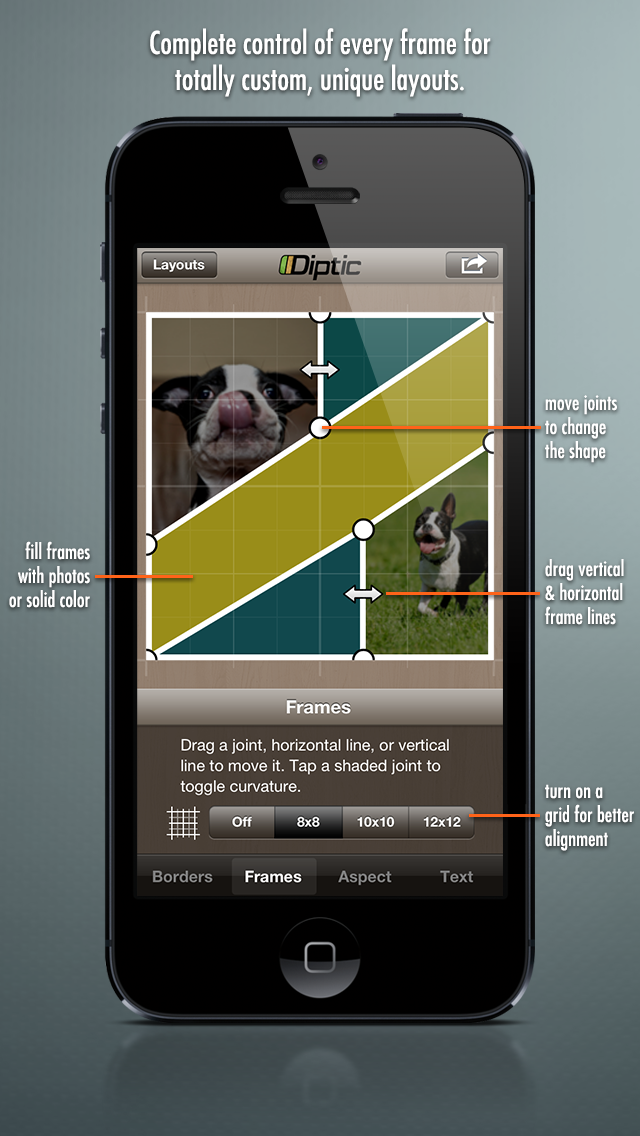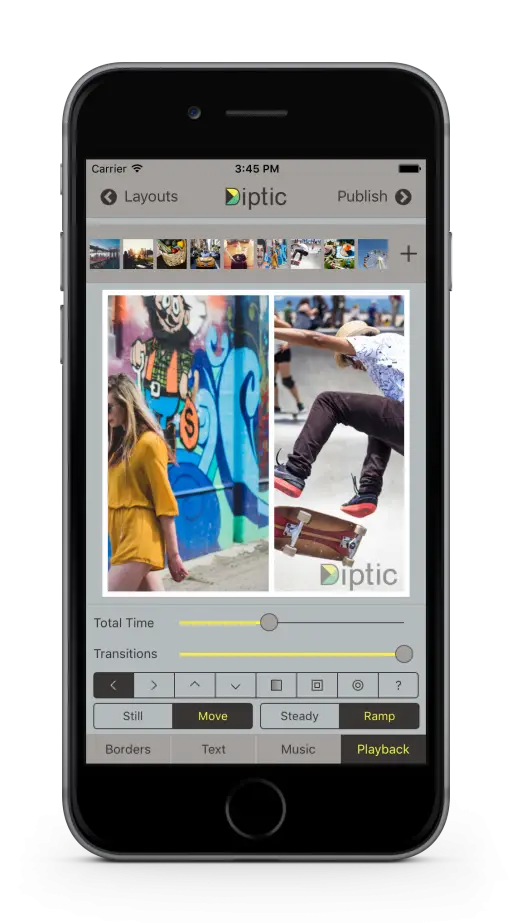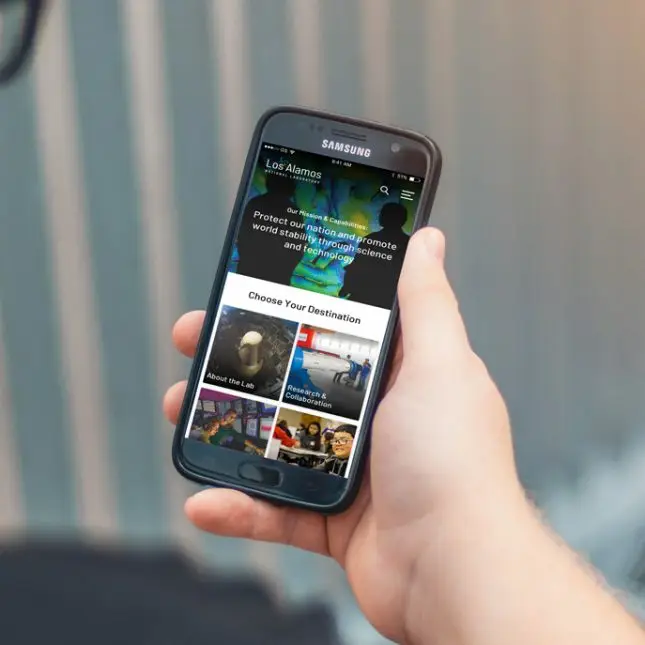

While iOS really shines when it comes to photo apps, Android, Windows Phone and BlackBerry 10 have their fair share of great photo software as well. You really can't have too many photography apps. Even if you never use it again, you'll be more likely to recognize an environment or opportunity that could take advantage of the setting in the future, and you'll be more likely to remember it. Once you've read it, go out and use each setting as it was designed to be used. Most manufacturers post online guides or tutorials. If you don't have or can't find your device's user guide, look for it online. "It's how you use them" that brings out true value. "Remember, cameras are just tools," Toothaker says.

Diptic app pdq how to#
You may never use some of those advanced settings, but just learning how to use them and what they're designed to do can get you thinking about new ways to use your camera's features. In other words, you can capture some impressive images with your smartphone camera if you know what you're doing.Ĭamera settings and options are so diverse that it doesn't make sense to get into specifics, but I guarantee that spending an hour reading the camera section of your device's user guide will pay off in spades. Smartphone-camera technology has also rapidly evolved during recent years - so much so that your phone could very well capture better images than that point-and-shoot you paid hundreds of dollars for just five years ago. Many of us simply don't have a few hundred, or a few thousand, dollars to drop on a fancy new DSLR or a mirrorless model camera. But as the old axiom goes, "The best camera is the one you have with you," and most of us never leave home these days without our smartphones. In no way am I suggesting that smartphones are the best tools for capturing great photographs, either. This post is not meant to be an in-depth tutorial on the art of photography. During the past couple of years, phone photography has also become a bit of a hobby of mine, and I have some tips of my own to share.

Though it was not focused specifically on smartphones, I learned a number of helpful lessons that can be applied to camera-phone photography. The goal of the session was to get participants to think more strategically about photography. Because sometimes you just want things to be huge.Last week, I took a Basics of Business Photography class led by Bob Ring and Don Toothaker of New England Photo Workshops.

Drag and drop pictures into frames, and swap photos between frames.The “.dptc” file format lets you save your Diptic projects and come back to them later. Personalize your Diptics with text captions.Choose from14 filters, as well as adjust brightness, contrast, hue and color saturation.Round the inner and outer borders, as well as modify thickness and color, and apply background textures.Create rectangular Diptics (great for printing) with the Aspect Ratio Slider.Customize your layouts to better fit your pictures by sliding interior frame lines.Choose from 75 layouts (one to nine photos in each layout).High resolution export (max of 3072x3072), with option to choose JPG or PNG.Share Sheets: Share to Facebook, Twitter, Flickr and more.Alternatively, you can drag and drop images from your favorite photo applications into the Diptic frame. Use the Media section of the open dialog to browse your iPhoto and Aperture albums. Import photos from iPhoto and Aperture.Diptic helps you create and share beautiful photo collages.


 0 kommentar(er)
0 kommentar(er)
